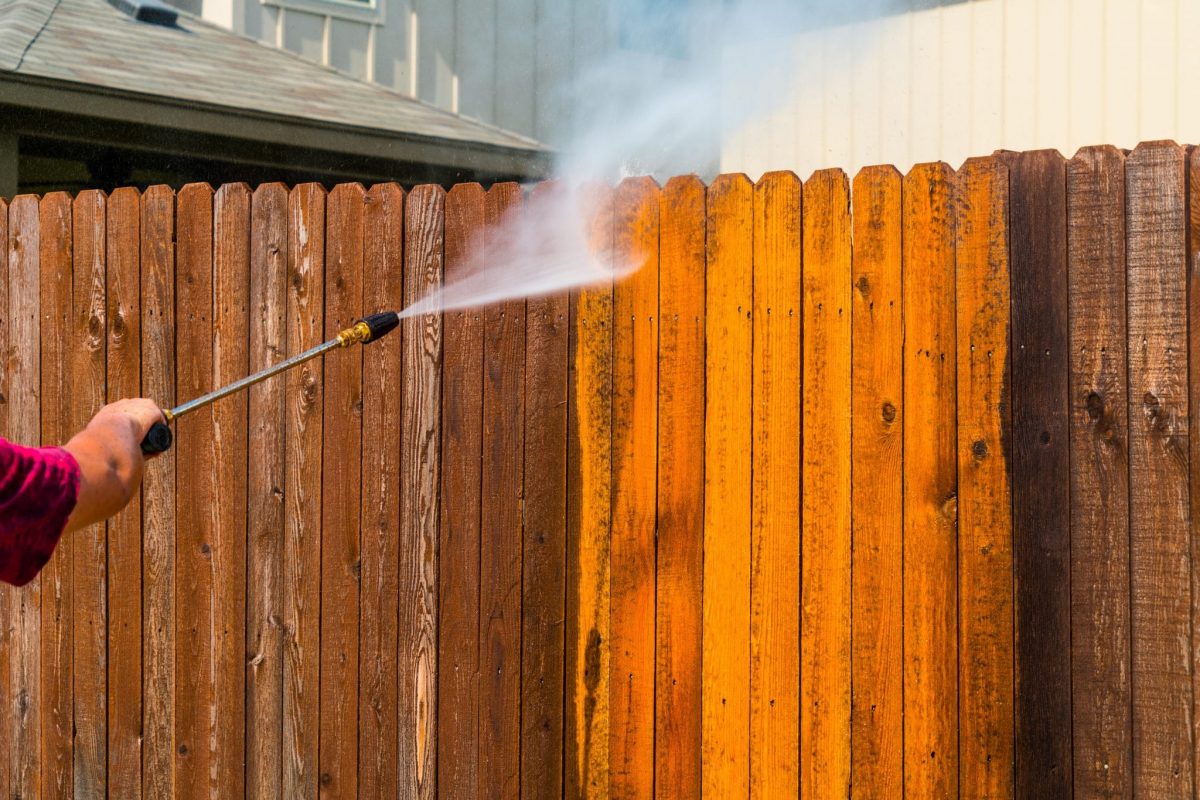Read below to find out more about Stripping Paints from cladding and fencing from Promain‘s tech team.
Stripping Paints From Your Fencing and Cladding
If you are intending to remove wood oils from your fence, then the right product to use is Aquanett. It is in the form of a gel, and is manufactured for a specific purpose of getting rid of wood oils. After applying this gel, it doesn’t run or sag, making it the perfect material for stripping wood oils from your timber fence. Aquanett is applied on the fence and left to react for a maximum of five minutes, and then the surface is scrubbed and later rinsed using high pressured water. After stripping your fencing and cladding, it is highly recommended that you apply Net-Trol in order to prevent further reaction of the stripper on the wood.
Stripping Paints: Removing paint, finishes or stains from your fence
Dilunett is a perfect product to use when stripping paint or stain from fencing or cladding. It’s also a gel, hence it won’t run when applied on vertical surfaces. A single application of Dilunett is capable of removing up to eight coating materials on the wood. The reaction of Dilunett on the wood is stopped by applying Net-Trol.
It is highly advisable to conduct touch test before commencing the process of stripping fence or cladding. This is done by applying the stripper on a small portion for experimental purposes. The purpose of performing a touch test is to determine the time you would allow the stripper to work on the surface before you scrub and rinse it.
What to do if you’re not sure the coating material on your fence
The first product recommended to use when stripping your fence is a sample of Dilunett. You should apply the sample on a small area. It would give you an overview of how it can work on the entire surface. If this product doesn’t deliver perfect results even after allowing it maximum working time; which is 12 hours, then consider using DSP 800. This is a stronger stripper which you can use. However, ensure it is rinsed using scrubbing brush or scraper, and not water.
Want to read more articles? Have a look at these:




